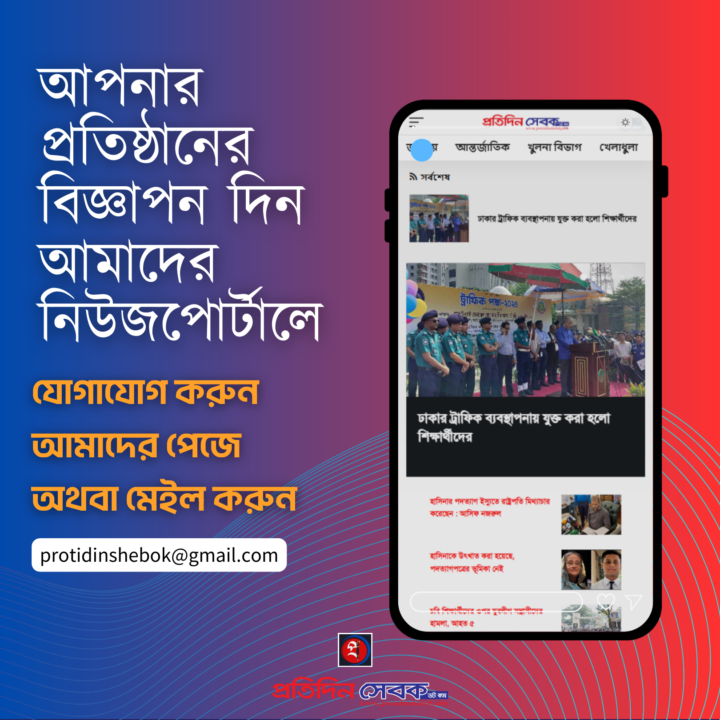On February 21, 1952, the University of Dhaka students launched a large-scale protest against the imposition of Urdu in East Pakistan. The day is remembered as a defining moment in Bangladesh’s struggle for nationhood and is now commemorated.
“Ekushey February”, or simply “Ekushey” (‘the 21st’ in Bangla), commemorates the day in 1952 when students of the University of Dhaka launched a nationwide protest against the imposition of Urdu on what was then East Pakistan.
Today, the day is recognised as a pivotal moment in the Bhasha Andolon (Bengali Language Movement), which laid the foundations of ethnic nationalism in East Pakistan and led to the creation of Bangladesh in 1971.
In recognition of the Bengali people’s struggle for their language and culture, UNESCO announced in 1999 that February 21 would be observed worldwide as International Mother Language Day. This year’s theme is “Multilingual education – a necessity to transform education”, emphasising Indigenous people’s education and languages.
East and West Pakistan: A troubled marriage
The Partition of India was marred with immense bloodshed, displacement and generational trauma. But the newly-formed state of Pakistan, from the very beginning, had a fundamental issue. Divided into two parts on either side of India, East and West Pakistan had little in common except for religious identity.
East Pakistan was Bengali-speaking and was ethnically and culturally very different from the Urdu-speaking West. However, the West was the seat of power and the birthplace of the Pakistan national movement.
As early as 1948, the issue of language became a major source of rising tensions. Dhirendranath Datta, a Bengali legislator, proposed that Bangla be given status as an official language (in addition to Urdu) in the Constituent Assembly of Pakistan. Wary of further Balkanisation of the nascent country, leaders from West Pakistan undertook a concerted campaign for assimilation of the East.
In 1948, the government of Pakistan announced that Urdu would be its only state language. This was met with strong opposition in East Pakistan. On March 21, 1948, Muhammad Ali Jinnah, the Governor General of the newly-created Pakistan, declared in Dhaka that the language agitation was a “fifth column” intended to divide Pakistani Muslims. He underlined that “Urdu and only Urdu” would be the state language of the country, and admonished those protesting its imposition as “traitors to the Pakistani nation”.
How protests spread in the East in 1952
This issue continued to build up, often leading to protests in the East which were swiftly and brutally put down.
On January 27, 1952, Pakistan’s then Prime Minister Khawaja Nazimuddin (who was from the East) reiterated there would be no compromise with the “Urdu only” policy. Speaking at a public meeting in Dhaka, he announced, “for the sake of Pakistan’s national unity, Urdu must be the official language of Pakistan– both the East and the West”.
This led to a call for protest by the newly-formed Sarbadaliya Kendriya Rashtrabhasha Karmi Parishad (All-Party Central Language Action Committee). February 21 was decided on for holding large-scale strikes and demonstrations in Dhaka.
Undeterred, students and protestors gathered en masse at the premises of the University of Dhaka. To disperse the crowd, the authorities first fired tear gas shells and then went on to arrest several student leaders for violating Section 144, further enraging the protestors.
They headed to the East Bengal Legislative Assembly, demanding the release of fellow protestors. When a few students tried to storm the building, the police opened fire, killing a number of students and wounding hundreds. As news of the firing spread, it was as if the whole of Dhaka stepped onto the streets. Official data pegged the number of people who died that day at 29.
The next day, as thousands gathered at the university campus, the police fired at the crowd, again killing multiple protesters. In the next few days, agitation spread to many cities across East Pakistan. The government gagged the media and blamed “Hindus and communists” for instigating the violence. Any attempts to hold the police accountable were stonewalled.
Undeterred, students and protestors gathered en masse at the premises of the University of Dhaka. To disperse the crowd, the authorities first fired tear gas shells and then went on to arrest several student leaders for violating Section 144, further enraging the protestors.
They headed to the East Bengal Legislative Assembly, demanding the release of fellow protestors. When a few students tried to storm the building, the police opened fire, killing a number of students and wounding hundreds. As news of the firing spread, it was as if the whole of Dhaka stepped onto the streets. Official data pegged the number of people who died that day at 29.
The next day, as thousands gathered at the university campus, the police fired at the crowd, again killing multiple protesters. In the next few days, agitation spread to many cities across East Pakistan. The government gagged the media and blamed “Hindus and communists” for instigating the violence. Any attempts to hold the police accountable were stonewalled.
Amar bhaiyer rokte rangano ekushe Februari, Ami ki bhulite pari
For many, Ekushey February is where the story of Bangladesh’s struggle for liberation begins, where a specific demand for the recognition of Bangla as an official language transforms into a journey for nationhood. Today, it is observed as Shaheed Dibos (Martyrs’ Day) in the country.
Five of those killed in the agitation at the University of Dhaka – Abul Barkat, Abdul Jabbar, Rafiquddin Ahmad, Abdus Salman and Shafiur Rahman – have been immortalised as ‘language martyrs’, heroes of the Bengali nation.
Indian Express







